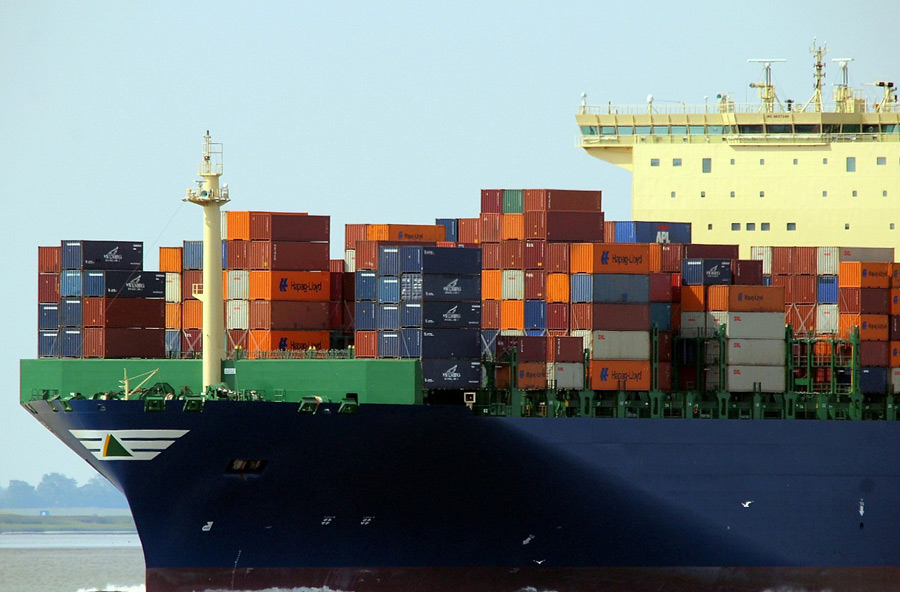Although trade tensions dominate the headlines, deeper changes in the nature of globalization have gone largely unnoticed. We analyze 23 industry value chains spanning 43 countries to understand how trade, production, and participation changed from 1995 to 2017. Grouping these value chains into six archetypes based on their trade intensity, input intensity, and country participation reveals diverging pathways. We see that globalization reached a turning point in the mid-2000s, although the changes were obscured by the Great Recession. Among our
key findings:
First, goods-producing value chains have become less trade-intensive. Output and trade both continue to grow in absolute terms, but a smaller share of the goods rolling off the world’s assembly lines is now traded across borders. Between 2007 and 2017, exports declined from 28.1 to 22.5 per cent of gross output in goods-producing value chains.
Second, cross-border services are growing more than 60 per cent faster than the trade in goods, and they generate far more economic value than traditional trade statistics capture. We assess three uncounted aspects (the value-added services contribute to exported goods, the intangibles companies send to foreign affiliates, and free digital services made available to global users). National statistics attribute 23 per cent of all trade to services, but including these three channels would increase their share to more than half.
Third, less than 20 per cent of goods trade is based on labour-cost arbitrage, and in many value chains, that share has been declining over the last decade. The fourth and related shift is that global value chains are becoming more knowledge-intensive and reliant on high-skill labour. Across all value chains, investment in intangible assets (such as R&D, brands, and IP) has more than doubled as a share of revenue, from 5.5 to 13.1 percent, since 2000.
Finally, goods-producing value chains (particularly automotive as well as computers and electronics) are becoming more regionally concentrated, especially within Asia and Europe. Companies are increasingly establishing production in proximity to demand.

